
Tara Boghosian is a student at Harvard Law School and a member of the Labor and Employment Lab.
With the economic uncertainty wrought by the COVID-19 pandemic, it is more urgent than ever that gig economy workers be recognized as employees with the attendant rights, protections, and benefits like sick leave. Mandatory arbitration agreements that prohibit class actions are arguably the greatest current barrier to gig workers vindicating their employment rights. Under the Federal Arbitration Act (FAA), these agreements are enforceable except under very narrow circumstances. Yet, three ongoing cases in the First Circuit and Third Circuit will determine whether Uber drivers in New Jersey, Lyft drivers in Massachusetts, and Amazon delivery drivers in Massachusetts, are exempt from the FAA—and can in turn avoid being compelled to arbitrate their misclassification claims.
The cases, Singh v. Uber in the Third Circuit and Cunningham v. Lyft and Waithaka v. Amazon in the First Circuit, form part of the rapidly developing caselaw interpreting Section 1 of the FAA, which exempts transportation workers “engaged in interstate commerce.” If a court finds a class of workers to be exempt, then the FAA falls away, and these workers become free to challenge arbitration agreements containing class waivers on the basis that they violate state public policy. The determinative question that the Waithaka, Cunningham, and Singh decisions must answer is which workers—or more specifically, which drivers—are transportation workers engaged in interstate commerce?
In answering this question, many courts follow the Eighth Circuit, which set out eight factors for courts to consider in Lenz v. Yellow Transp., Inc.:
- Whether the worker works in the transportation industry;
- Whether the worker is directly responsible for transporting goods within the flow of interstate commerce;
- Whether the worker handles goods that travel interstate;
- Whether the worker supervises transportation employees;
- Whether the worker belongs to a class of workers that, at the time the FAA was enacted, already had access to special arbitration;
- Whether the vehicle is vital to the commercial enterprise or employer;
- Whether a strike by the worker would disrupt interstate commerce;
- Whether there is a nexus—and how strong it is—between the worker’s job duties and the vehicle that the worker uses to carry out their duties.
The first three factors have emerged as most important to the analysis.
The first factor, whether a worker works in the transportation industry, has not caused too much contention among courts. Unsurprisingly, entities such as distribution companies, delivery companies, and the Department of Transportation fall within the transportation industry, while private janitorial companies and software companies do not.
More often, the crux of a case is whether the worker’s job has a sufficient “interstate” quality. Factor 2, whether the worker is directly responsible for transporting goods within the flow of interstate commerce, has become nearly determinative of whether the exemption applies in many cases. Workers who directly transport goods interstate, such as long-haul truck drivers, virtually always fall under the exemption.
However, most courts have also held that workers do not literally have to cross state lines in order to fall under the exemption. Instead, Factor 3—whether the worker handles good that travel interstate—is sufficient to capture workers who deliver or transport goods intrastate. For such workers, the crucial question becomes whether the worker’s movement of the goods is part of their “continuous journey” in interstate commerce. The Third Circuit and the Eleventh Circuit have both held that postal workers making local mail deliveries are FAA-exempt, because much mail originates out of state and the postal workers complete the last leg of the mail’s interstate journey. Similarly, the District of Colorado has found that currency is “indisputably” within the flow of interstate commerce. On the flip side, app-based food delivery drivers have generally failed in claiming the exemption, with courts finding that locally prepared meals delivered to local customers are not within the flow of interstate commerce, ignoring the fact that most of the ingredients or products making up those meals originate out of state.
Lower courts have also found that last-mile delivery drivers who transport goods intrastate for private companies are FAA-exempt. For example, the California Court of Appeals has held that drivers making intrastate deliveries of beverage products manufactured out of state are exempt. The District of Colorado similarly found that drivers making intrastate deliveries for companies like Amazon, Staples, and pharmaceutical companies are exempt. The upcoming First Circuit review of the District of Massachusetts’ Waithaka v. Amazon decision may further solidify this line of cases. In Waithaka, the judge applied the Lenz test and found that Amazon’s last mile delivery drivers are exempt even though they generally do not cross state lines. The judge focused on the fact that Amazon’s business involves shipping goods interstate and last-mile delivery drivers complete the last leg of that journey. The judge went on to hold that in the absence of the FAA, the class action waiver within the arbitration agreement violated Massachusetts public policy and rendered the entire agreement unenforceable.
Singh v. Uber addressed a different aspect of the transportation worker exemption—whether it extends to workers who transport passengers rather than goods. In September 2019, the Third Circuit overturned the District Court of New Jersey’s holding that Uber drivers are not FAA exempt and instructed the district court to redetermine the issue after discovery. The Third Circuit provided useful guidance to the lower court about what evidence to consider, such as the fact that driver Singh regularly crossed state lines as part of his work. Most crucially, the Third Circuit determined that the exemption applies to workers who transport passengers as well as goods—and noted that any suggestion otherwise in Supreme Court and Circuit precedent is dicta. This interpretation casts major doubt on recent lower court decisions that reached an opposite conclusion, such as the Central District of California’s January 2020 decision that rejected the argument that Uber drivers’ work is within the flow of interstate commerce.
The District of Massachusetts’ March 2020 decision to deny Lyft’s motion to compel arbitration in Cunningham suggests that more courts are accepting the Third Circuit’s reasoning. Cunningham relies on both Singh and Waithaka to find that Lyft drivers are FAA-exempt transportation workers. The court first adopted the Third Circuit’s view that the FAA exemption reaches drivers who transport passengers and not goods. The court then echoed the analysis in Waithaka by finding that Lyft drivers are engaged in interstate commerce largely by virtue of the fact that they frequently transport passengers to and from Boston Logan International Airport as part of the passengers’ interstate journeys. Finding that Lyft drivers are FAA-exempt, the court also followed Waithaka in holding that the arbitration agreement’s class waiver renders the entire agreement unenforceable. This decision is likely to be appealed.
In the next few months, Uber, Lyft, and Amazon drivers may finally be able to claim their rightful status as employees in court. But with many gig economy workers facing acute harms as a result of being deprived of employee rights during the COVID-19 pandemic, a few months may be too long to wait.
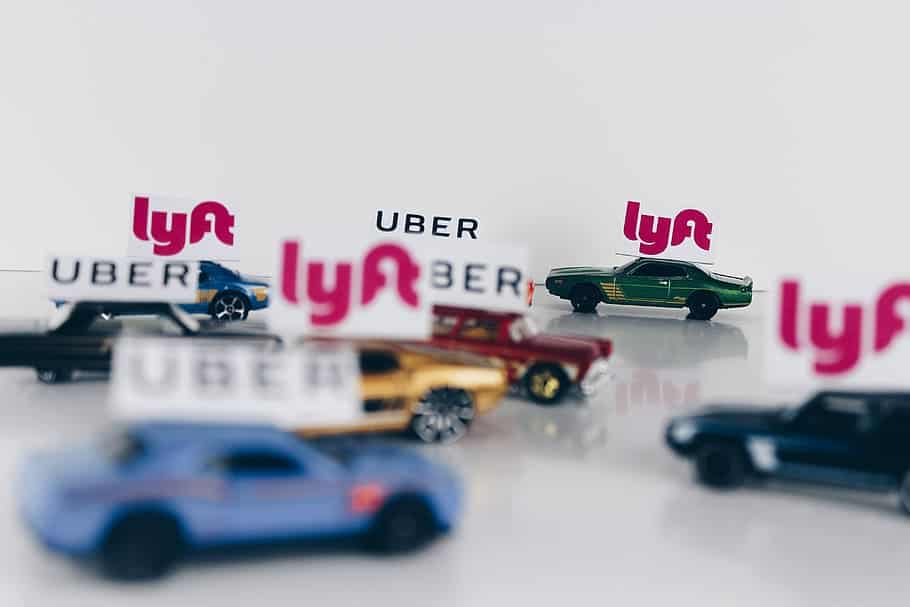
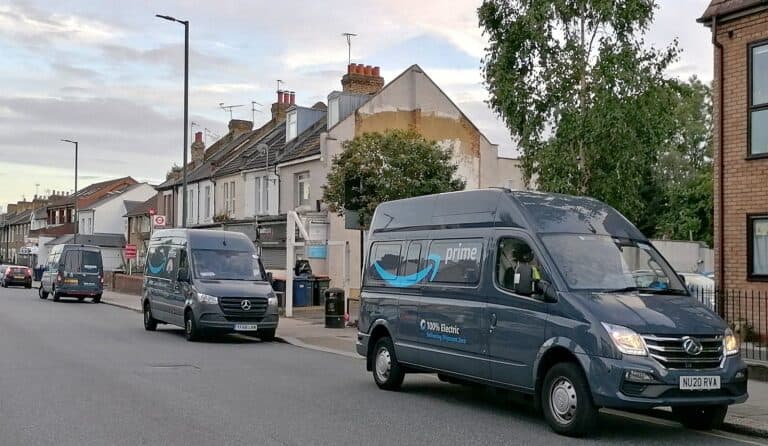
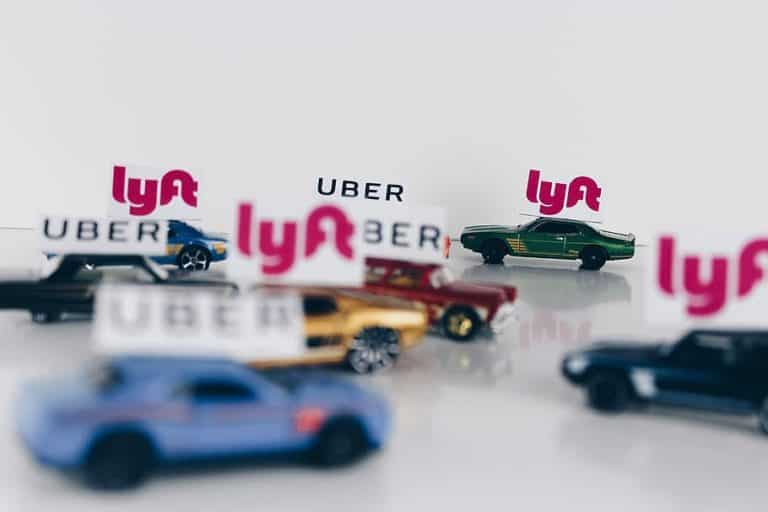


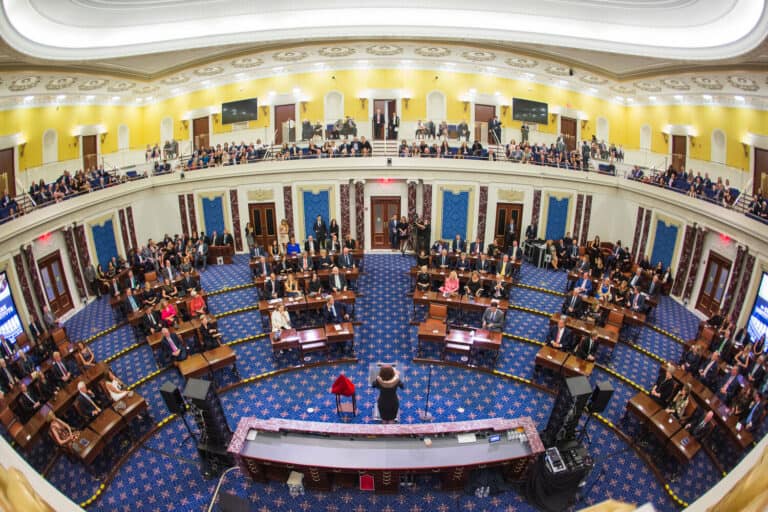

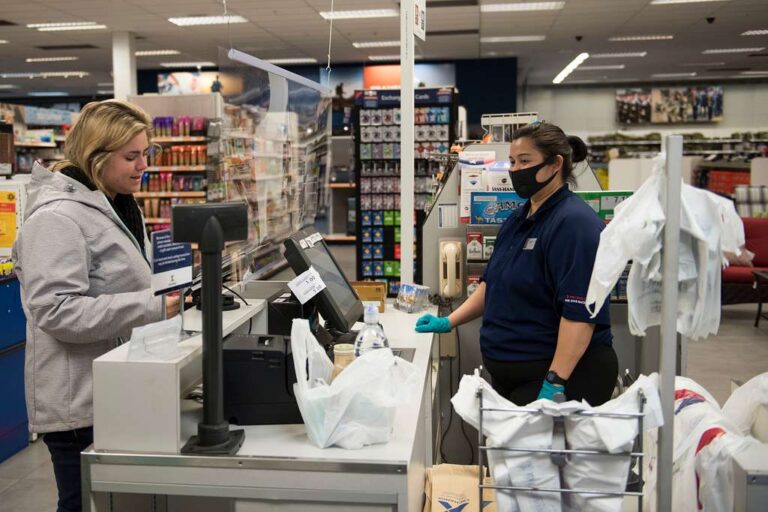


Daily News & Commentary
Start your day with our roundup of the latest labor developments. See all
October 31
DHS ends work permit renewal grace period; Starbucks strike authorization vote; captive-audience ban case appeal
October 30
Sweden’s Tesla strike enters its third year; Seattle rideshare drivers protest Waymo’s expansion in the city.
October 29
9th Circuit rejects challenge to NLRB's constitutional structure; preemption challenges to state labor peace statutes
October 28
Two federal unions oppose CBA cancellations, another federal union urges Democrats to end the government shut down, and Paramount plans for mass layoffs
October 27
GM and Rivian announce layoffs; Boeing workers reject contract offer.
October 26
California labor unions back Proposition 50; Harvard University officials challenge a union rally; and workers at Boeing prepare to vote on the company’s fifth contract proposal.